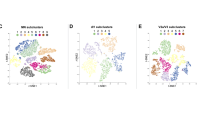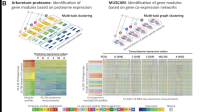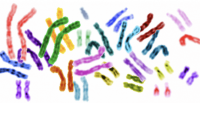We are a computational biology group interested in developing statistical machine learning methods to understand gene regulatory networks driving cellular functions. We are interested in identifying networks under different environmental, developmental, disease and evolutionary contexts and examining their dynamics. We ultimately aim to construct predictive models from these molecular networks that can inform us how the system will behave under different perturbations. We develop tools for bulk and single cell omic datasets and apply them to diverse biological and biomedical questions with the central theme of understanding gene regulation. Learn more about our research.
The Latest at Roy Lab
Improved understanding of early spinal cord development paves the way for new treatments
A study published in Science Advances describes a new protocol for differentiating human pluripotent stem cells into nearly the full spectrum of neuronal cell types that arise during early hindbrain and spinal cord development.
Computational Tools Unlock Evolutionary Complexity
With a new computational approach led by Roy lab member Junha Shin, publicly-available gene expression datasets, and the new data, Roy and her collaborators were able to connect changes in protein levels to phenotypic traits.
New tool predicts three-dimensional organization of human chromosomes
Sushmita Roy and Shilu Zhang have developed a computational tool that can accurately predict the three-dimensional interactions between regions of human chromosomes.





